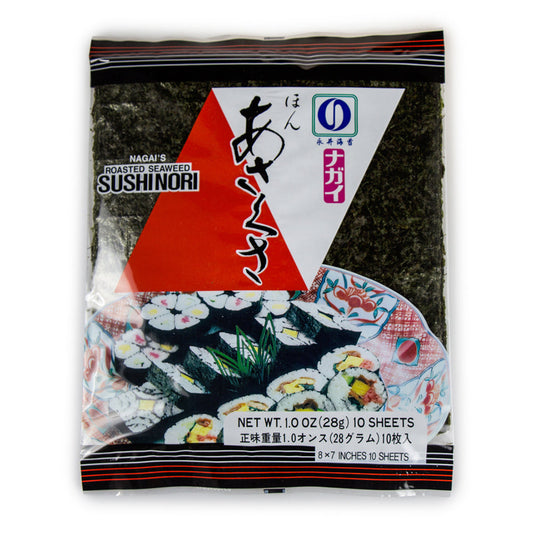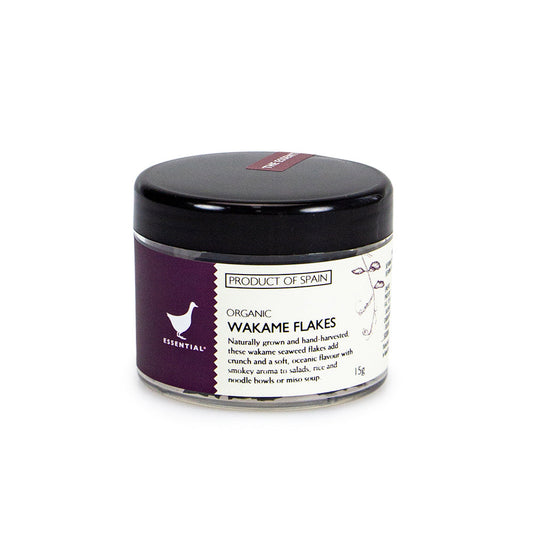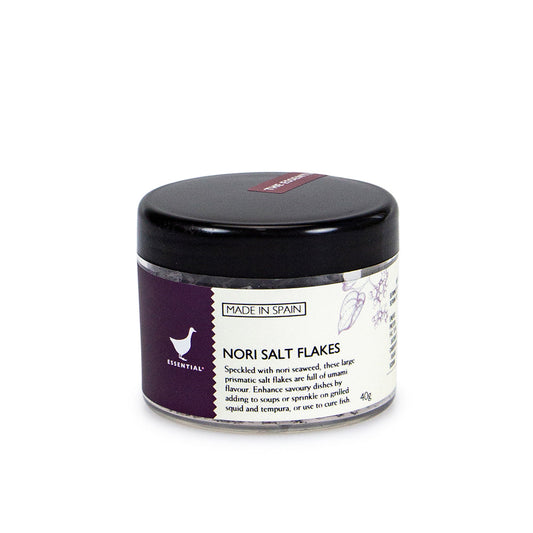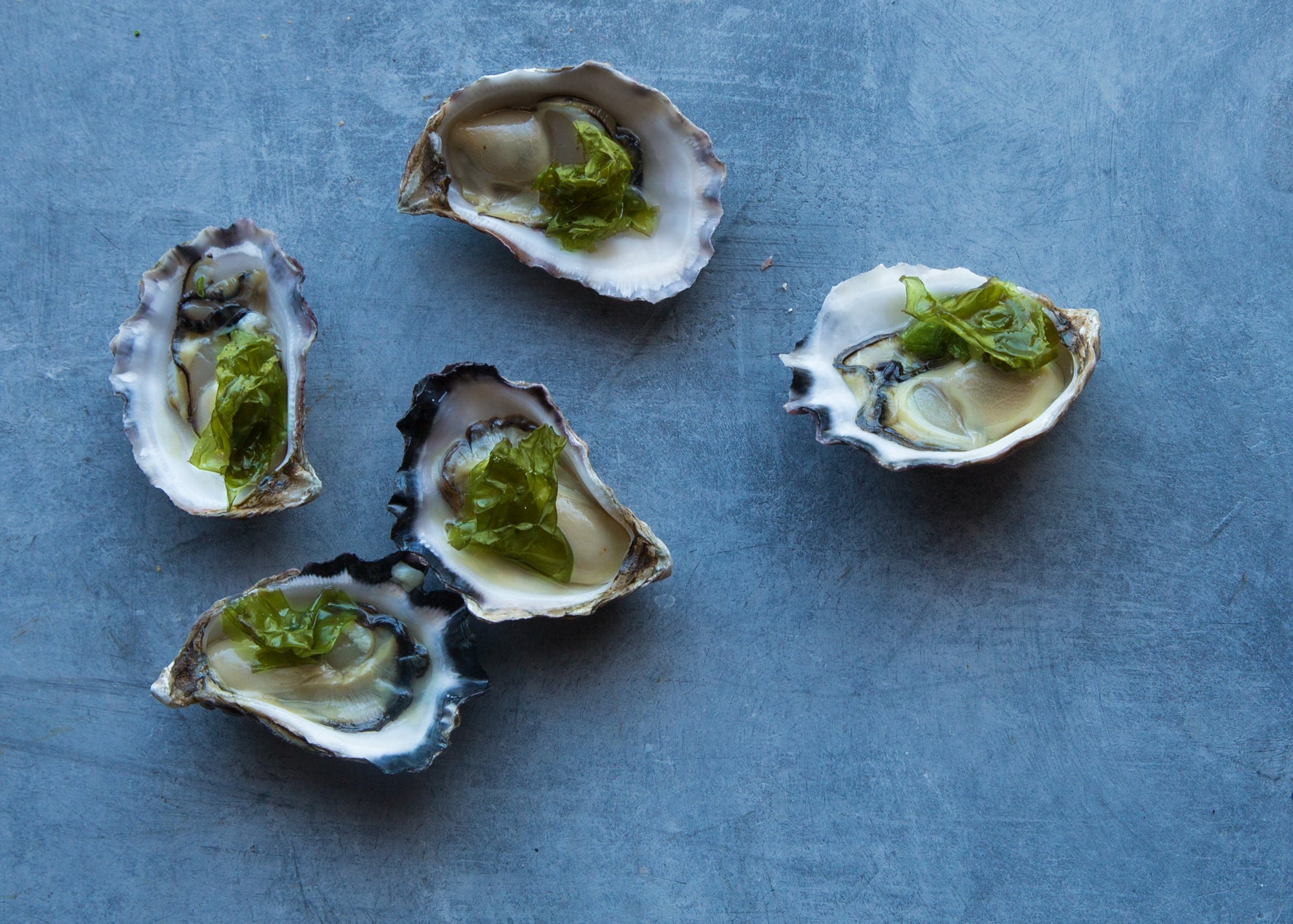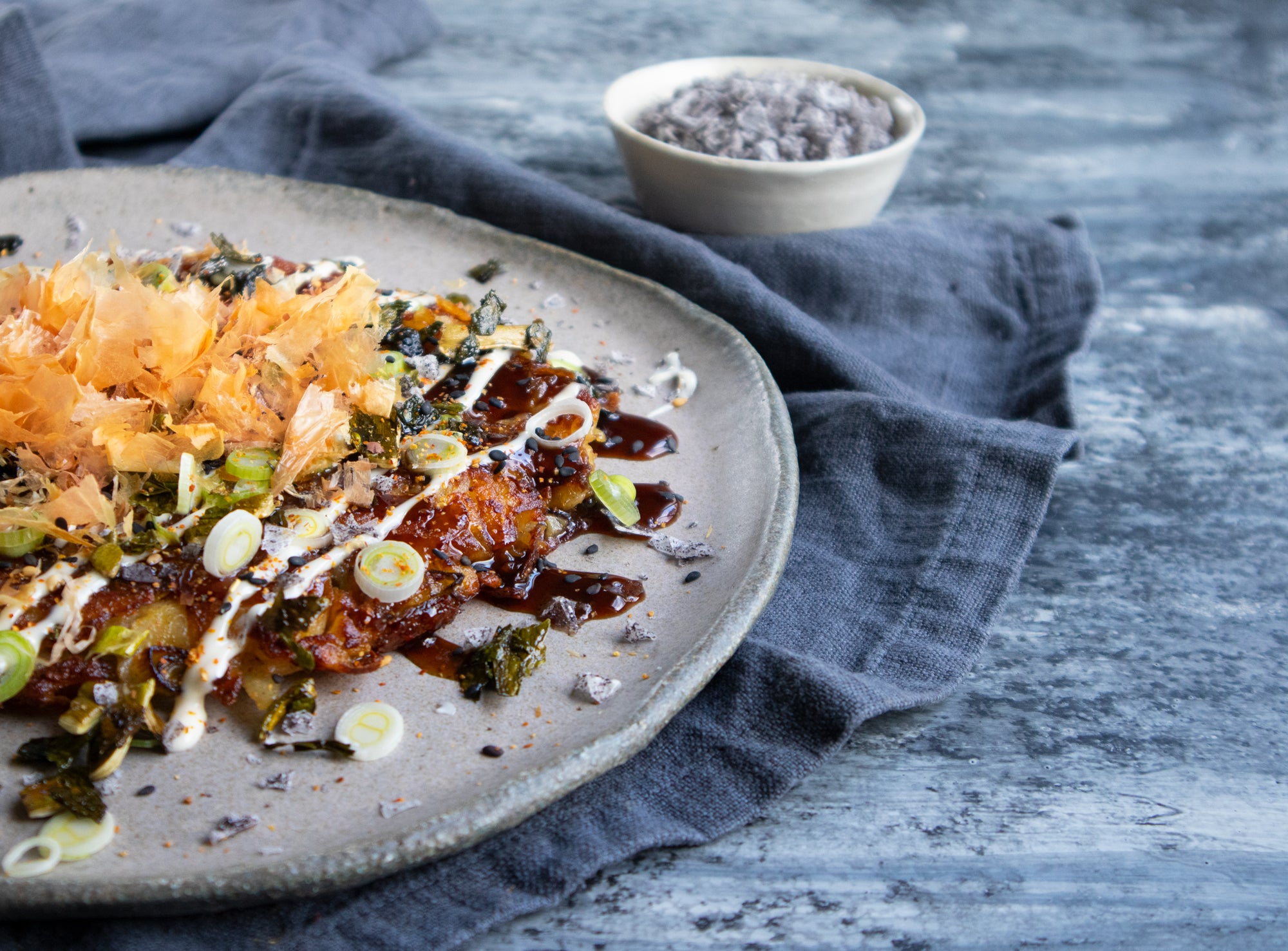
The Essential Ingredient seaweed collection
Last updatedSeaweed is a nutritious ingredient that’s rich in glutamate, the amino acid responsible for umami, and has been gaining popularity in the mainstream culinary world. This sea vegetable is commonly found in East Asian cuisines, but parts of Great Britain also have a rich history of incorporating it into their diets. Aside from being highly nutritious (it contains protein, fibre and essential minerals and vitamins) seaweed, when responsibly grown and harvested, also brings sustainability to the table. These ocean plants are a renewable resource that require no fertilizers, irrigation, or arable land to grow and reduces carbon in the ocean.
Dried seaweed is the easiest way to start experimenting with kelp in the kitchen. When soaked it becomes pliable and can be used in a variety of dishes and being shelf stable, you can keep your pantry stocked all year round. When diving into the world of dried seaweed, you'll encounter a variety of types, each with its own unique characteristics. You may already be familiar with crisp and wafer-thin nori (thank you sushi!), but there are many more seaweeds to explore.
Dulse
A leafy kelp that has been a diet staple in Ireland, Scotland, and Wales for centuries. Available in dried leaves or as a powder, dulse has a minerally, smokey, savoury flavour. The leaves can be rehydrated and pan fried until crispy as a vegetarian alternative to bacon, the powder can be added to smoothies, soda bread doughs and scones, or sprinkled over eggs and popcorn. Try making a seaweed compound butter by mixing a tablespoon of dulse powder with 200g of softened unsalted butter. Ensure the ingredients are thoroughly combined, then spoon the mixture onto baking paper and roll it into a log shape. Chill the log in the fridge until it sets, then slice it into rounds and serve on hot vegetables, steamed fish, seared steak, or smear onto a slice of crusty bread.
Kombu
An essential ingredient in Japanese cooking, kombu is a type of dried edible seaweed known for being a rich source of glutamic acid or umami. Sold in large, ridged pieces, it is commonly used to make dashi stock, a building block of Japanese cuisine, but can be added to hot pots, broths, and rice dishes to boost the savoury flavour. Don’t throw away after extracting the umami! Once hydrated cut into thin strips then simmer in sake, mirin, sugar, soy sauce and rice vinegar with a little chilli to make a delicious side dish.
Irish Moss
Known for being a superfood that is high in essential minerals and vitamins, Irish Moss is popular in the vegan and health community for using as a thickening ingredient in smoothies, gels, jams, and desserts. With a rich, savoury flavour, this sea vegetable can also be used in salads, as a garnish for seafood soups and stews, or can be battered and deep-fried.
Sea Lettuce
Available in leaves or flakes, this seaweed has a mild flavour reminiscent of the sea and a fine texture. Its thin leaves are surprisingly strong and can be used as a wrap for rice and fish, or marinated with soy sauce, sesame oil, sesame seeds, chili, and ginger and enjoyed as a vegetarian side dish. The flakes can be added directly to hot soups or blended with salt for a nutritious seasoning. Try this recipe for oysters with pickled sea lettuce.
Sea Spaghetti
Named because of its long, thin shape, sea spaghetti is slightly saltier than other edible kelps and has a noticeable umami flavour that can be perceived as meaty when added to soups and braises or nutty when used in salads or as a pasta alternative. Try panfrying rehydrated sea spaghetti for a few minutes in olive oil with shallots and garlic for a delicious and visually striking accompaniment to tuna, salmon, or seared scallops.
Wakame
Available in dried flakes, wakame has a soft, oceanic flavour with a slight sweetness and a subtle smokey aroma. Predominantly found in Japanese and Korean dishes, wakame is quite a versatile seaweed. It can be rehydrated and added to salads, vegetarian soups like miso, marinated and served as a side dish, or the dried flakes can be crumbled into a crunchy topping for rice and noodle bowls or ground and used to season or fish and meat before grilling. We've used it, along with flavourful nori salt, in our recipe for a potato and miso rosti.
Our seaweed range is available in-store and online for delivery all over Australia.





